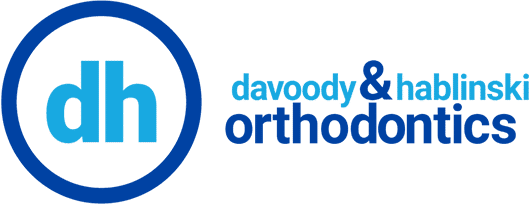Benefit From The Magic Of Orthodontics In 2024
2024 is the perfect time to make changes to improve your life, whether that means a new exercise program, healthier diet, or getting a healthier new smile. What better way to boost your appearance, confidence and achieve better dental health than orthodontics! Do you have any of these dental problems? Crowding of teeth Spacing between teeth Overbite,
Floss Like A Pro
Using floss is one of the most important steps you can take to maintain good dental health. It is the process of cleaning between your teeth to remove debris and food from areas a toothbrush cannot normally reach and an important part of your daily routine to keep your pearly whites sparkling and healthy. When wearing braces, it
Bite Problems – Sleep Tight, And Don’t Let The Baby Teeth Bite!
A child will normally start to lose their primary (baby) teeth, and gain their permanent set of teeth when approaching the age of 6. When this all goes according to plan, the front teeth will erupt in the correct position. Specifically, the top teeth will be slightly overlapping the lower teeth and will be coming in straight without
The Ultimate Retainer Care Guide: Keeping Them Sparkling Clean
Congratulations on your journey towards a beautiful smile! Whether you’re in the middle of treatment or have completed your orthodontic procedure at Davoody & Hablinski Orthodontics, retaining that beautiful smile requires a bit of care and attention to your retainers. Maintaining good oral hygiene habits means incorporating retainer care into your daily routine.
Essential Oral Hygiene Tips
Oral hygiene – it’s more than just a routine. It’s the key to a radiant smile, a healthy mouth, and a confident you. So, what is oral hygiene? Well, in a nutshell, it’s the art of taking care of your mouth and teeth. Every dentist and orthodontist, including Dr. Amir Davoody at Davoody & Hablinski Orthodontics, recommends paying
The Hidden Magic of Smiling
Greetings, lovely readers! Today, we’re about to dive deep into the enchanting world of smiles, where a single grin can unlock countless secrets and bring about a wave of positive change. You see, when you flash a radiant smile, you’re not just sending a warm message to the world; you’re also whispering to your own subconscious that happiness

